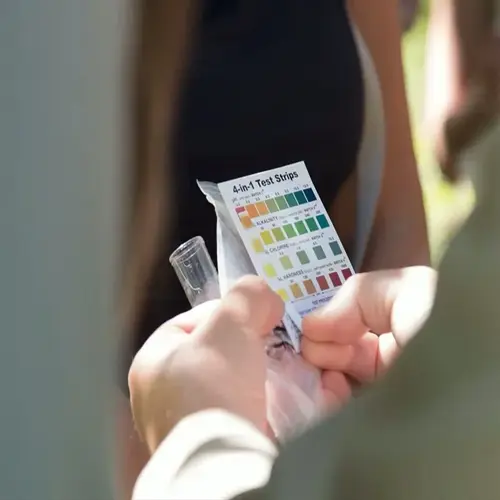Are succulents toxic to cats?

Written by
John Williams
Reviewed by
Prof. Henry Webster, Ph.D.The toxicity of succulents varies widely for cats. Jade plant causes vomiting and nausea, and other types, such as haworthia, are safe. My veterinary practice sees lots and lots of cases of feline jade chewing. This identifies individual species as crisis-preventing because of the similarity between toxic and beneficial species of succulents.
Jade Plant Exposure
- Symptoms: Vomiting, depression, loss of coordination
- Onset: Symptoms appear within 2-6 hours
- Action: Remove plant material rinse mouth
- Vet care: Required for persistent vomiting
Aloe Vera Ingestion
- Reaction: Diarrhea lethargy tremors
- Toxic compound: Saponins in latex layer
- First aid: Offer water limit movement
- Monitoring: Watch for dehydration signs
The milky sap of the Euphorbia species causes severe burns in the mouth. I had to treat a Persian cat who had contact with the plant and needed pain medication. Even the skin can become irritated with contact lenses. One should always wear rubber gloves when handling these plants and keep them out of cat quarters.
Safe alternatives, such as Haworthia, do well without risk. My cats are safe with these textured plants. Burro's tail trailing look is like jade. Choose these tried-and-true, non-toxic options for feline-friendly household greenery without worry.
Stop access effectively. Put toxic plants up on high shelves that cats cannot reach. Use citrus sprays as natural deterrents. I make plant cabinets with glass doors. This way, plants will be protected as well as curious cats.
Always check the species before acquiring a plant. Most succulents may look alike, but they may have different toxic attributes. A good starting point would be ASPCA lists or a veterinarian's botanist. I keep a plant identification reference book handy in my clinic for quick identification, which aids in your decision-making process.
Read the full article: Toxic Plants for Pets: Ultimate Safety Guide
